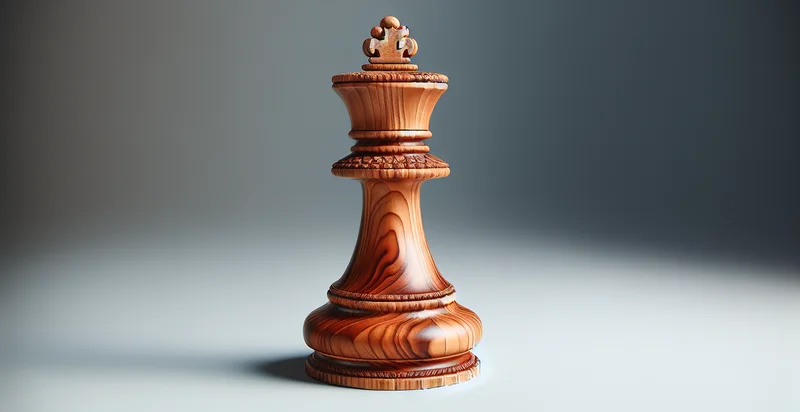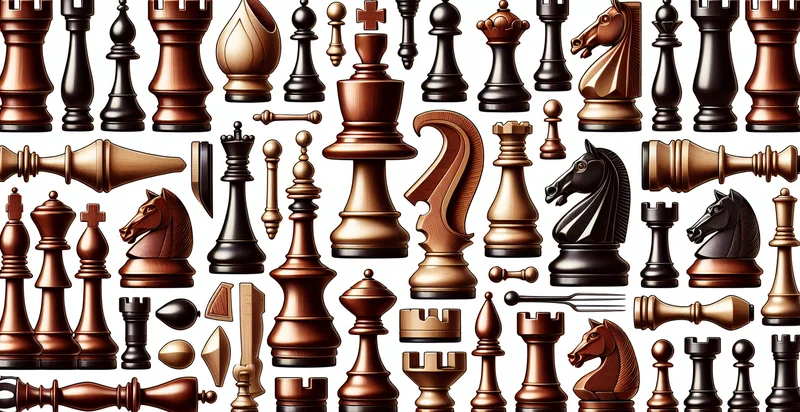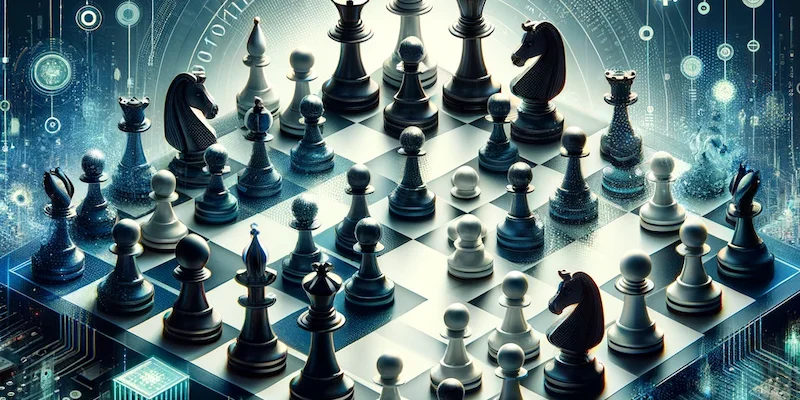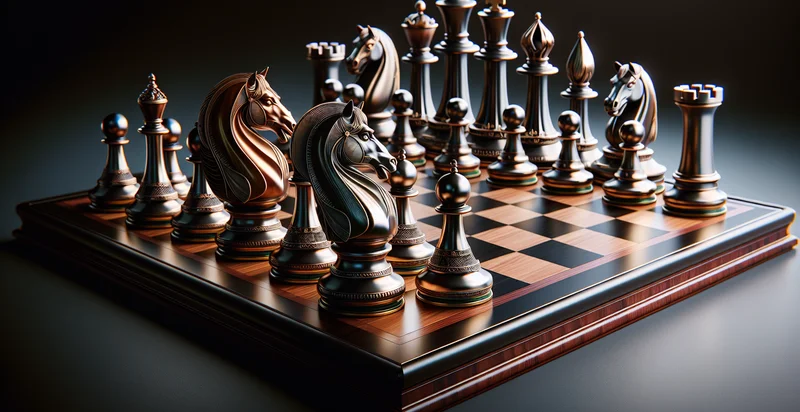Identify what material a chess piece is made from
using AI
Below is a free classifier to identify what material a chess piece is made from. Just upload your image, and our AI will predict what material a chess piece is made from - in just seconds.

Contact us for API access
Or, use Nyckel to build highly-accurate custom classifiers in just minutes. No PhD required.
Get started
import nyckel
credentials = nyckel.Credentials("YOUR_CLIENT_ID", "YOUR_CLIENT_SECRET")
nyckel.invoke("what-material-a-chess-piece-is-made-from", "your_image_url", credentials)
fetch('https://www.nyckel.com/v1/functions/what-material-a-chess-piece-is-made-from/invoke', {
method: 'POST',
headers: {
'Authorization': 'Bearer ' + 'YOUR_BEARER_TOKEN',
'Content-Type': 'application/json',
},
body: JSON.stringify(
{"data": "your_image_url"}
)
})
.then(response => response.json())
.then(data => console.log(data));
curl -X POST \
-H "Content-Type: application/json" \
-H "Authorization: Bearer YOUR_BEARER_TOKEN" \
-d '{"data": "your_image_url"}' \
https://www.nyckel.com/v1/functions/what-material-a-chess-piece-is-made-from/invoke
How this classifier works
To start, upload your image. Our AI tool will then predict what material a chess piece is made from.
This pretrained image model uses a Nyckel-created dataset and has 16 labels, including 3D Printed Plastic, Acrylic, Bone, Carbon Fiber, Ceramic, Composite, Ebonized Wood, Foam, Glass and Leather.
We'll also show a confidence score (the higher the number, the more confident the AI model is around what material a chess piece is made from).
Whether you're just curious or building what material a chess piece is made from detection into your application, we hope our classifier proves helpful.
Related Classifiers
Need to identify what material a chess piece is made from at scale?
Get API or Zapier access to this classifier for free. It's perfect for:
- Material Quality Assessment: This use case involves identifying the material of chess pieces to ensure they meet quality standards. Chess manufacturers can use the function to classify materials during production, helping maintain consistency and preventing inferior materials from entering the supply chain.
- Authentication of High-Value Pieces: Collectors and dealers can leverage this image classification function to verify the authenticity of high-value chess pieces. By knowing the original material used, they can detect counterfeits or misrepresented items before making a purchase.
- Custom Chess Set Design: Designers can utilize the function to analyze existing pieces and create unique custom chess sets. Understanding the materials allows for innovative combinations, thereby enhancing aesthetics and functionality tailored to specific customer preferences.
- Sustainability Evaluation: Organizations focused on sustainability can apply the image classifier to assess the materials of chess pieces for eco-friendliness. By identifying sustainable materials, they can promote environmentally responsible products and practices within the chess industry.
- Market Trend Analysis: Retailers can monitor trends in chess piece materials through this classification function. Analysis of popular materials can inform inventory decisions and marketing strategies, enabling businesses to cater to evolving customer preferences effectively.
- Educational Resource Development: Educators can use this classification tool to create educational resources about chess materials and their origins. By providing insights into the different materials used in chess piece production, they can enhance learning experiences for students and chess enthusiasts.
- Repair and Restoration Guidelines: Restorers can use this function to identify the original materials of vintage or damaged chess pieces. Knowledge of the materials aids in selecting appropriate restoration techniques and matching materials, ensuring the integrity and authenticity of repaired pieces.


